Language Variation / Varieties
Language variation implies that there are language varieties.
One language may vary from another in aspects such as phonology, grammar, semantic and syntax.
Even within a language there are variations.
Two variations are:
- Variation according to users (Dialect).
- Variation according to use (Register).
DIALECT
Dialect refers to variation of language according to users. This may be due to one’s region of origin, their social class or their unique way of using language.
Therefore dialect is language variation according to certain characteristics of its users.
FACTORS FOR DIALECTISATION (VARIATION)
Among the factors for variation of language are:
- REGIONAL DIFFERENCES
When people living in one area get split to live in diastant areas they will develop different features that may differentiate them. Eg pronunciation of words
- SOCIAL CLASS
Within the same society people would differ on their use of the same language caused by their social classes like educational level and so forth
So an educated person will differ from uneducated one on the way they use language.
- INDIVIDUALITY
Each person has his/her unique use of language. Things like voice quality, pause, rhythm etc differentiate a person from other users of the same language
- IFLUENCE FROM OTHER LANGUAGES
This could be connected to regional differences in that one of the dispersed group could come intop contact with other language(s) that will influence its pronunciation, vocabulary etc
- AGE DIFFERENCES
People of different age have different language habits. For instance the youth tend to use slang which is less preferred by elders
- OCCUPATION
People who do different jobs have different language styles. For instance lawyers use complex sentences and difficult vocabulary which may not be used by teachers.
TYPES OF DIALECTS
- Regional Dialects
Regional dialects are the ones that identify themselves by the places in which they are found. For example West African English is different from Australian English.
The systematic study of regional dialects is known as Dialectology.
The demarcating lines separating areas speaking different dialects are called Isoglosses.
- Social Dialect (sociolect)
This is the dialect that results from the social classes existing in the society. Eg between the educated and non-educated, the rich and the poor etc.
Also there differences caused by jargons that differentiate people according to their occupations etc.
- Idiolect (Individuality)
Is an individual way of using language that differentiates one from other speakers of the same language. Eg the voice quality, pitch and rhythm. Such qualities may help one to recognize the speaker even without seeing him/her.
- British English and Standard American English are examples of English language dialects. Here are some of linguistic differences between British and American English.
BRITISH ENGLISH AMERICAN ENGLISH
Spelling Differences (orthography)
Favour favor
Labour labor
Centre center
Litre liter
Theatre theater
Tyre tire
Programme program
Defence defense
Catalogue catalog
Pronunciation
Hereunder are some of words pronounced differently
Schedule
News
Produce
Vocabulary (lexicon)
Examples
Maize corn
Lorry truck
Railway railroad
Chemist dentist
Sitting room living room
Elevator lift
Petrol gas
Dustbin garbage can
Side walk path
Grammar
- Repetition of the subject one Eg. One cannot succeed unless one works hard
- no repetition of subject one Eg. one cannot succeed unless he/she works hard
OTHER LANGUAGE VARIETIES
PIDGINS
A pidgin is a simplified language which has developed among people whose native language are different. It arises to fulfill certain limited communicative needs like in trade
A pidgin does not have native speakers.
Most pidgins are based on European language. Eg Chinese pidgin
TYPES OF PIDGINS
There are two main types of pidgin namely
- Temporal pidgin
- Extended pidgin
TEMPORAL PIDGIN
Is the one that lasts for a short time. For example pidgin that arises during wars when soldiers of different language backgrounds meet. Such pidgin expires when the war ends.
EXTENDED PIDGIN
This is the type of pidgin that develops in multilingual areas. Ie places that have many languages
Eg. Tok pisin is a good example of English pidgin used in Papua New Guinea
CHARACTERISTICS OF PIDGINS
It has limited number of vocabulary. So signs are always used
It has a reduced grammatical structure and no many functions like tenses, mood and voice
There is no concord between subject and predicate Eg. Pusi dring di milk ie pussy drinks the milk
It has no native speakers
There is simplified pronunciation eg ch, sh, and s could be pronounced the same
Not used in official matters
CREOLES
A creole is a pidgin that has acquired people who speak it as their first language.
Krio is an example of an English based creole spoken in sierra leone. Also there is Jamaican creole spoken in Jamaica.
CHARACTERISTICS OF CREOLE
Creoles have more advanced vocabulary than pidgins
The grammar of creole is more advanced that of pidgin
There are no forms of BE. Eg.He a good man ie. He is a good man
Subjects and verbs have no concord in present tense Eg. Juma run fast ie Juma runs fast
There is no “s” for making plural in nouns Eg. Two pen ie two pens
Negation is formed by using “no” in the sentence Eg. I no understand ie I don’t understand
There is no past tense marker Eg He go yesterday ie He went yesterday, She take that last week ie She took that last week
REGISTERS
Register refers to variation of language according to use.
It can also be defined as socially defined variety of language like legal or scientific language.
People who do different activities use the same language differently for example teachers use language differently from journalists in their areas of work. So teachers and journalists use different registers.
Registers are characterized by the use of special vocabulary, phonological and syntactic features.
STANDARD LANGUAGE
Is the language which is accepted officially throughout the speech community.
It is the dialect that is regarded to be a model in the language community.
CHARACTERISTICS OF STANDARD LANGUAGE
A standard dialect is non-localized. i.e. it is not restricted to a particular area
It is taught in schools as a model variety
It is considered to be the dialect of upper class
It the dialect that dominates the media locally and worldwide
It is used in international for a like AU and UN conferences
NOTE:
Standard English is not the best English. It is just like other dialects as it caters for communicative needs as other varieties do.
COMPETENCE AND PERFORMANCE
COMPETENCE
Is the linguistic knowledge possessed by native speakers of a language
OR
Language competence is the subconscious ability to judge the grammaticability of expressions as used in a certain
The knowledge enables the speaker to distinguish grammatical sentences from ungrammatical ones.
Native speakers acquire the linguistic system of their languages without realizing that rules are being learned.
PERFORMANCE
Language performance is the actual use of language in concrete situations
Competence and performance are related in that competence gives corrections to wrong expressions through performance
Performance may reflect competence but may also include speech errors due to slip of tongue, tiredness, drunkenness etc
Generally competence is the language knowledge which a person has while performance is the actual language use in practical situations
FIRST LANGUAGE/ MOTHER TONGUE (L1)
Mother tongue is the first language that a child acquires. It is a language a child masters while still at mother’s knee.
A mother tongue is not necessarily the mother tongue of one’s parents.
For example there are children who acquire Kiswahili as their first language while their parents have different mother tongues.
SECOND LANGUAGE
Is the language learnt or acquired after the first language been mastered. For example for most Tanzanians Kiswahili is their L2 while their native languages are their first language.
LANGUAGE COMMUNITY
Is a group of people who regard themselves as the speakers of the same language.
- How can we determine a speech community?
A community has;
Has the same culture
Shares the same dialect
They speak differently from other speech communities. For example West African English speakers have a speech community.
FOREIGN LANGUAGE
Is the language whose domains of uses are restricted
Some of its uses are for example to across frontiers or with tourists, listening broadcasts, commerce and travel.
It has lower or no status compared to L2
NATIONAL LANGUAGE
Is the language considered to be the main language of a nation. For example Kiswahili in Tanzania and French in France
LINGUA FRANCA
Is the language that facilitates communication among the people with different languages/varieties. For example Kiswahili is a Lingua Franca in Tanzania as it facilitates communication between people who belong to different ethnic communities.
Again English is the Lingua Franca of the world as it brings people with different linguistic background together.
BILINGUALISM
Is a situation where a person or society speaks two languages.
A bilingual – is a person who speaks two languages. For example a person who is capable of speaking English and Kiswahili is bilingual.
A person becomes bilingual by being born by parents who speak two languages or by learning a foreign or another language
DIAGLOSSIA
Is a situation where two different languages or language varieties co-exist in a community each having different social functions
In this situation one language/variety has a higher variety than another
A higher variety language is used for formal or serious matters in the society while the lower / language is used for informal uses such as conversation. For instance in Tanzania English and Kiswahili co-exist
English used as the medium of instruction in secondary schools and higher learning institutions while Kiswahili is a medium of instruction in primary schools. English here is considered to have higher status than Kiswahili
Again another level of diaglossia in Tanzania can be seen if Kiswahili and ethnic communities languages are examined
Here Kiswahili is regarded as of higher status than native languages
Functions of these are different. For example it is not a wonder to see the people with common native language conducting village meeting in Kiswahili.
COCKNEY
Is a variety of English spoken by a working class especially in the eastern end of London
It is considered as the language of unimportant people.
Characteristics of cockney
Phonology
- /v/ is pronounced as /w/ and /w/ as /v/
Eg. Vine and weal are pronounced as wine and veal
- /h/ is pronounced after ‘w’ . therefore there is no difference between while and wile, where and were etc.
- Omition of /h/ when it appears initially. Thus heart is pronounced as art
Spelling
Spelling differs as well
Eg. Abaht – about
Muvver – mother
Orl – all
Gawd – God
Syntax and usage
The grammar of cockney is non-standard
For instance
There is use of double negation
Eg. There aint nuffink like it ie There is nothing like it
Question tags are widely used to encourage agreement
Well, e knew orl abaht it, dinne? Ie well he knew well about it, didn’t he?
Done and seen are used for did and saw
Eg I done it yesterday ie I did it yesterday
JARGON
Is the type of language found in specific fields such law and medicine. Such language tends to use words and structures which are mainly understood by the members of the field.
It poses some difficulty to other people who do not belong to that field.




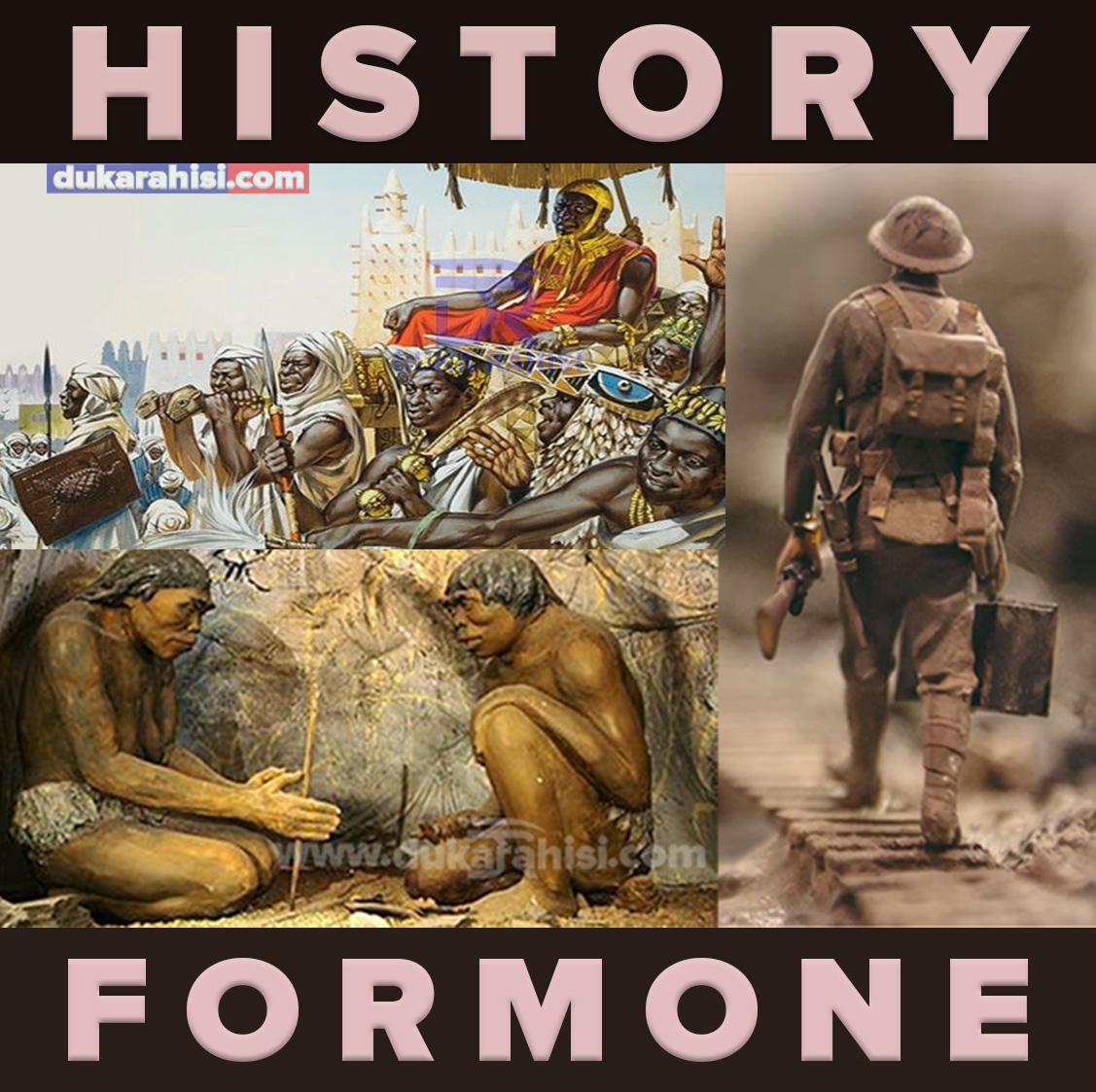





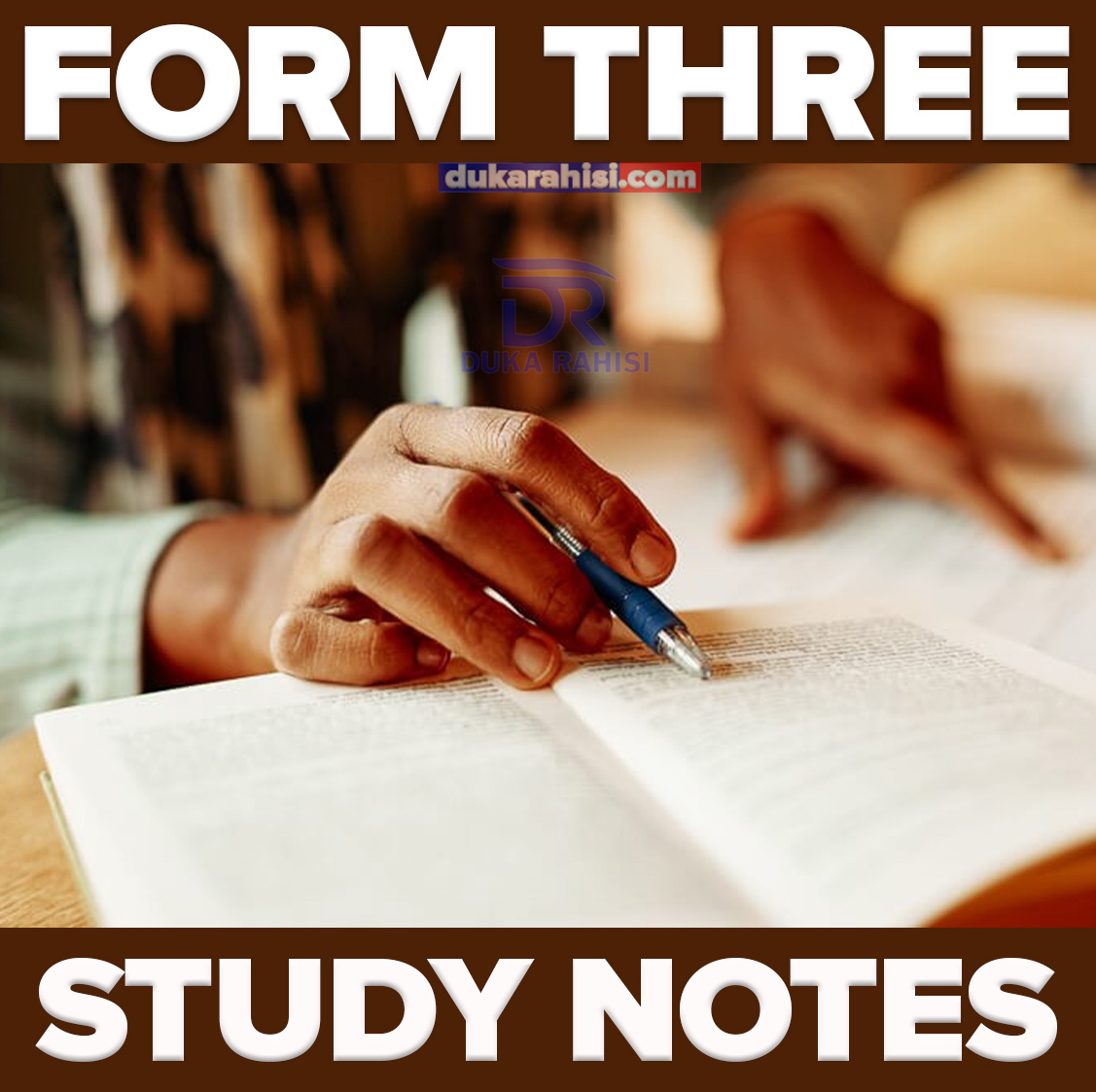

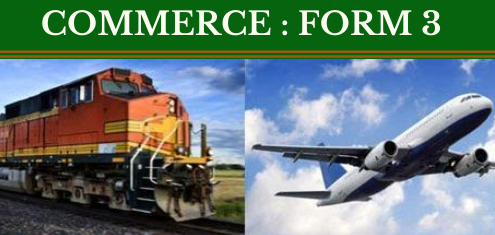




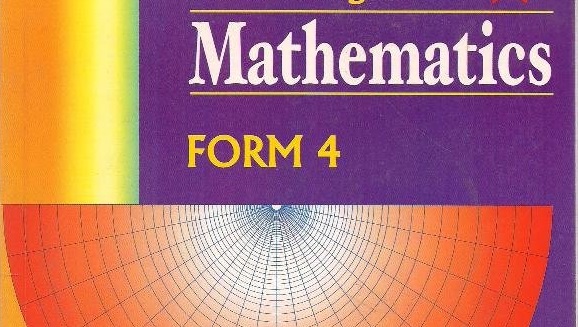



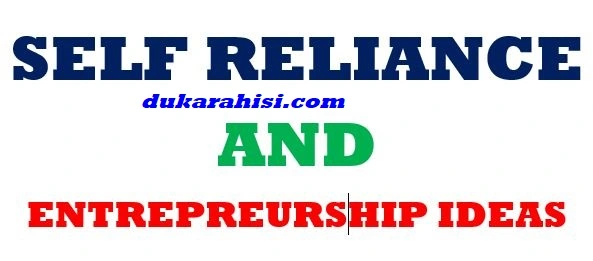
















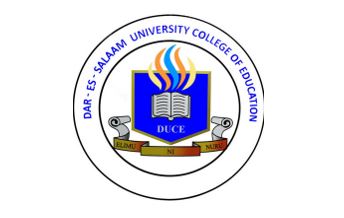






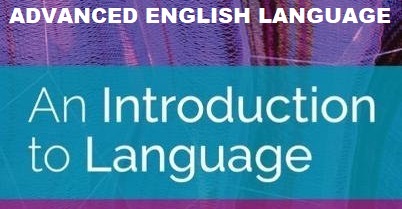















identificar el abuso ambiental
Great article, just what I was looking for.
Hi, i think that i saw you visited my site thus i came to “return the favor”.I’m trying to
find things to improve my web site!I suppose its ok to use
some of your ideas!!
Thanks a lot for sharing this with all folks you really recognise
what you are talking approximately! Bookmarked. Please also
visit my site =). We will have a hyperlink change agreement between us